A small group of officers and analysts challenged the dominant doctrine of heavy aircraft and proved that the future of…
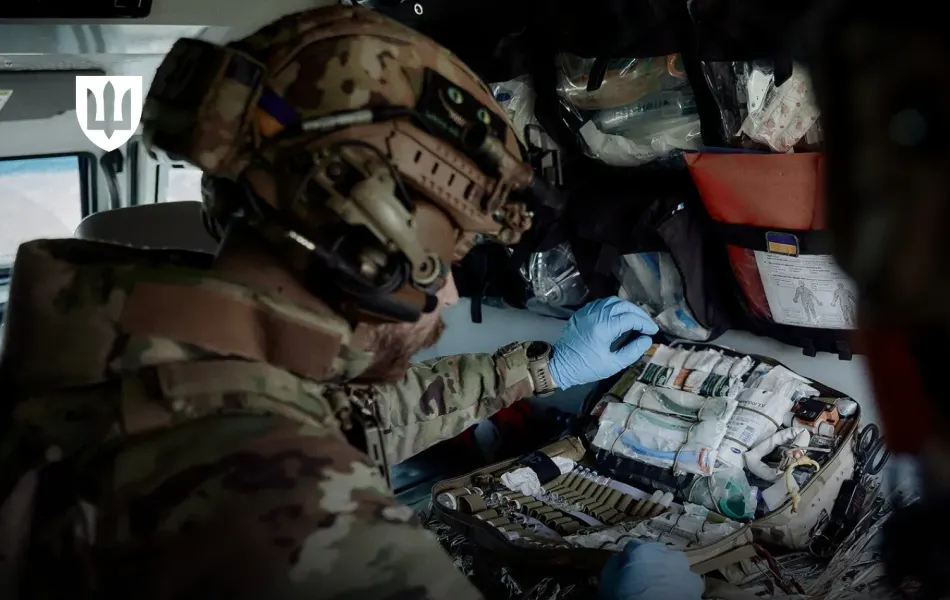
The NATO-Ukraine Joint Analysis, Training, and Education Center (JATEC), in cooperation with NATO’s Allied Command Transformation (ACT), has announced the 17th NATO Innovation Challenge on the topic: “Medical Support in Contested and Austere Operational Environments”.
This was reported by the Ministry of Defense of Ukraine.
The initiative aims to help Ukraine and NATO jointly develop effective solutions for frontline medical support, taking into account the realities of modern warfare. In particular, it focuses on providing prolonged field care and casualty evacuation within an 8-kilometer kill zone, where enemy reconnaissance constantly operates and drone and artillery strikes complicate evacuation efforts.
The JATEC team initiated the competition to identify practical solutions that can ensure the survival of the wounded and enable safe movement under constant enemy threat.
The key development areas include: practical concepts, systems, or integrated architectures for medical stabilization, concealment of movement, communications, and evacuation of the wounded in complex combat environments.
JATEC and NATO ACT invite defense companies from NATO member states and Ukraine, as well as academic institutions, to participate in the competition
The deadline for applications is November 16, 2025.
Finalists will be announced on November 21, and the public defense and demonstration of selected solutions will take place on December 5 in London.
Selected finalists will present their solutions before a panel of NATO and Ukrainian experts, national representatives, operational users, and observers.
Participation in the competition offers an opportunity to engage with NATO’s Allied Command Transformation Headquarters and JATEC, within a community focused on developing solutions to support NATO’s innovation process.
Registration for participation is available.
The Request for Innovation Participation (RFIP) from NATO’s Allied Command Transformation is available.
The previous NATO Innovation Challenge was dedicated to countering FPV drones using fiber-optic technology.
@armyinformcomua
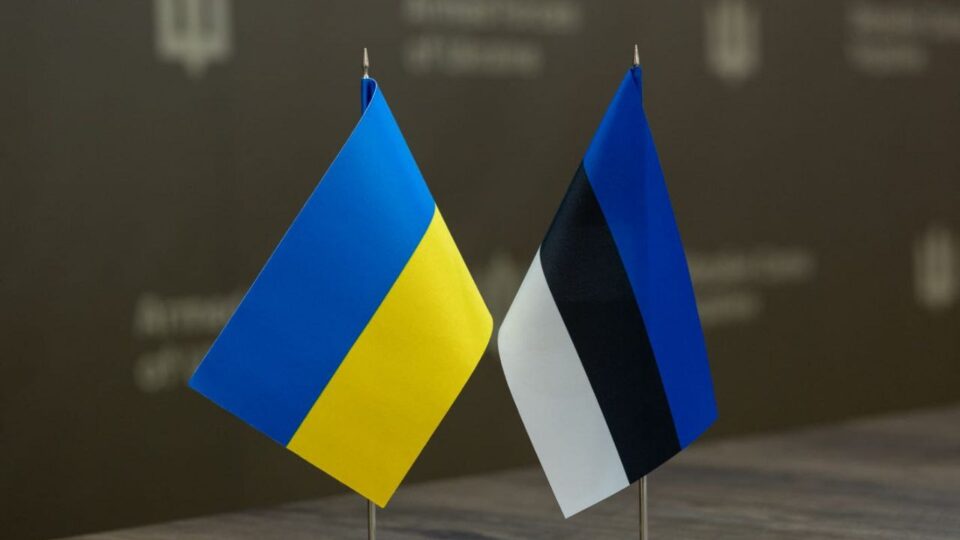
A Ukrainian delegation held a working meeting with the Deputy Commander of the Estonian Defence Forces, Brigadier General Viktor Kalnitski.
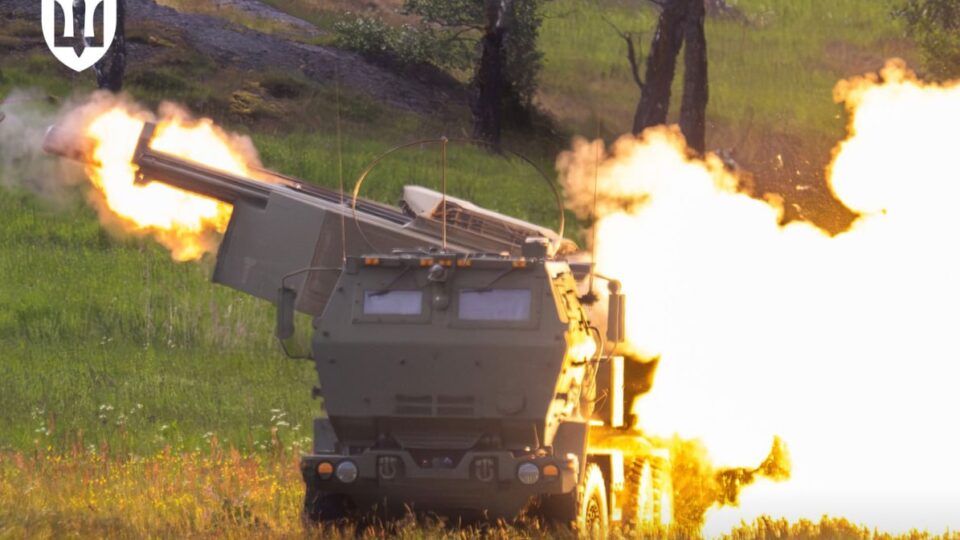
Ukraine’s partners have announced new contributions to the PURL initiative, which funds the procurement of U.S. weapons according to the priority needs of the Ukrainian army.
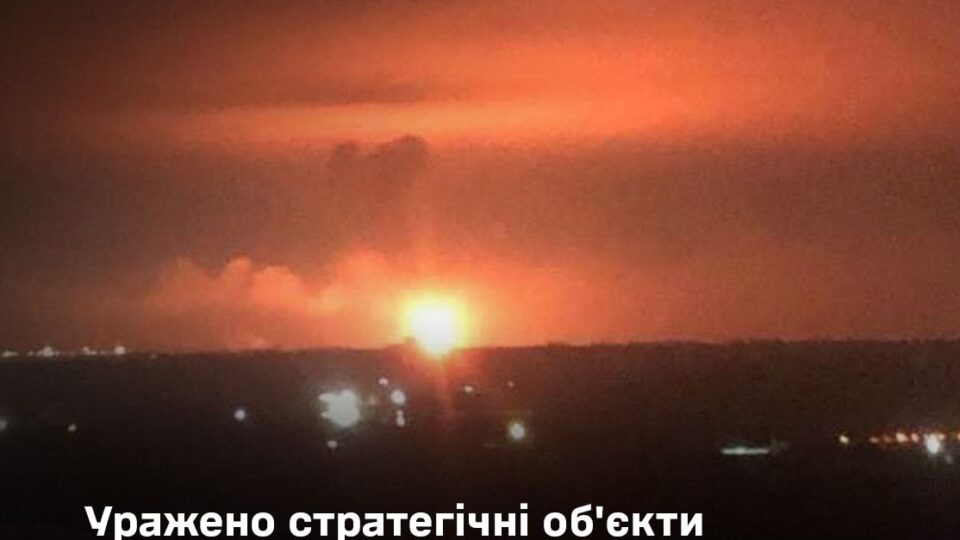
During the night of December 5, the Defence Forces of Ukraine carried out a series of precise strikes on strategic rear-support facilities of Russia.
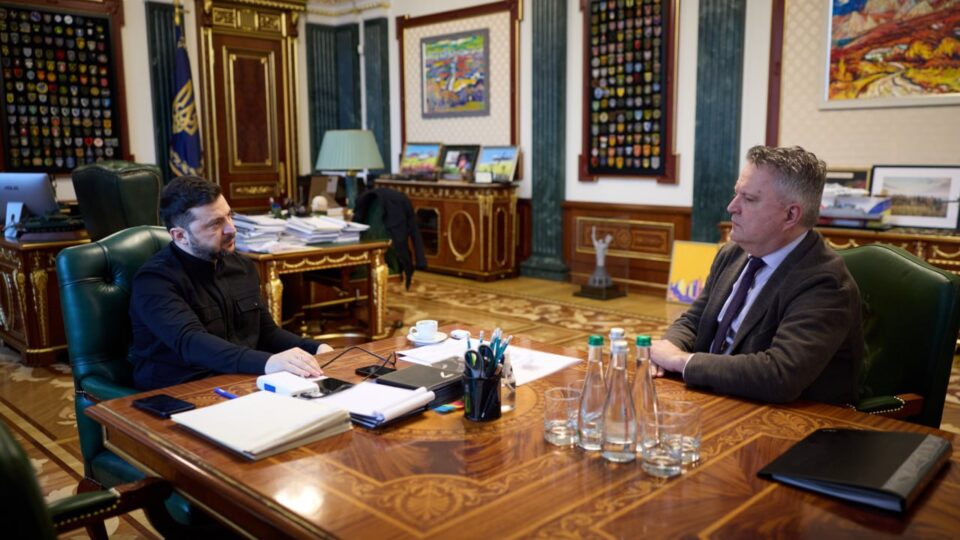
President of Ukraine Volodymyr Zelensky held a meeting with First Deputy Minister of Foreign Affairs Serhiy Kyslytsia, during which they discussed key directions of Ukraine’s diplomacy, including further communication with the United States.
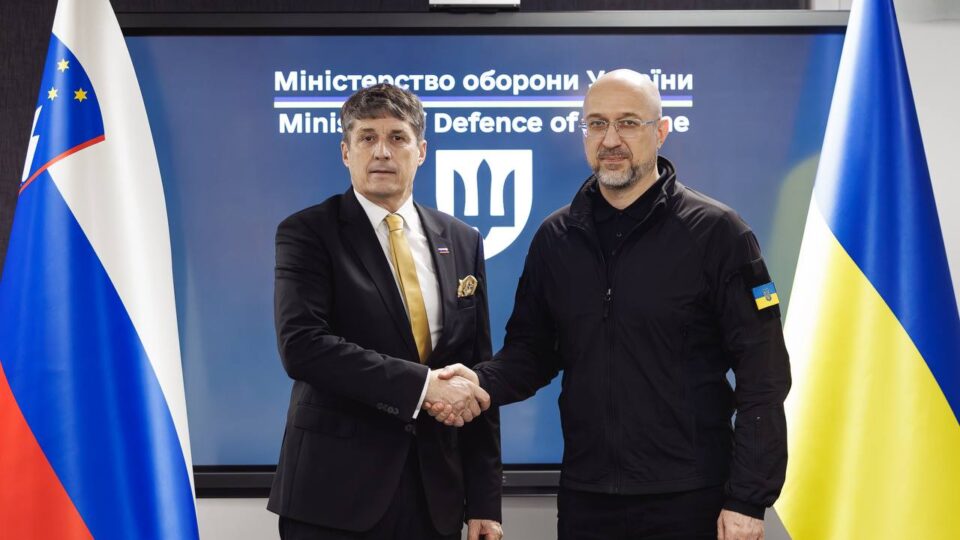
Ukraine’s Minister of Defence Denys Shmyhal held a meeting in Kyiv with Slovenia’s Minister of Defence Borut Sajovic.
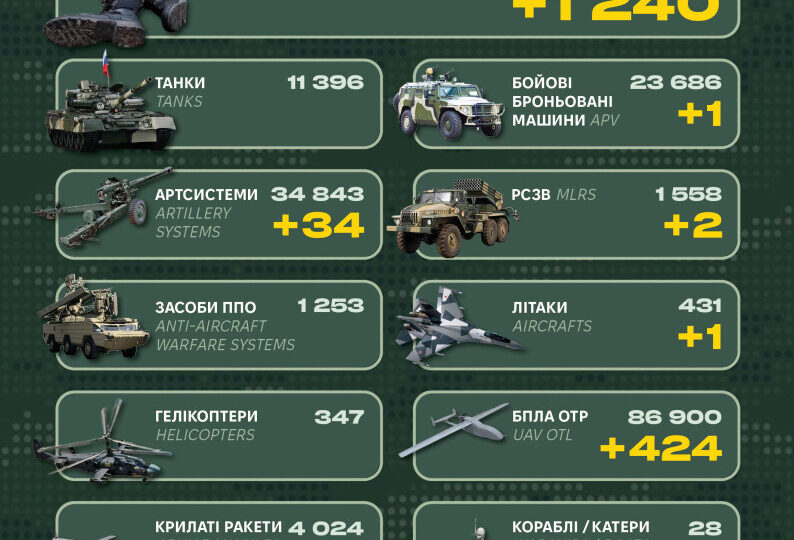
Over the past day, Russian invaders lost 1,240 military personnel killed and wounded, as well as 558 units of equipment.
A small group of officers and analysts challenged the dominant doctrine of heavy aircraft and proved that the future of…